SEAWORDS
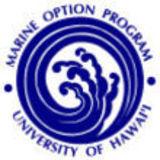

TheMarineOptionProgramNewsletter October2022

2 | Seawords VolumeXXXVII,Number 8 Alohaand Welcometo theOctober issueof Seawords! We'restartingoff thismonth'sissuewiththethirdarticleinour seriesonindigenousscienceandscientists.Our UHHiloMOPLiason, ChloeMolou,interviewsmarinesciencestudent,JacobWessling,on page4! Fromthesmall tothelarge,explorehow aquaticorganisms inhabit their environments.Readabout thestateof themicrobiomein theWaimeaValleyon theNorthShoreof O?ahu (page8). Explore how scientists aretracking shark's and ray's vertical movements on page12. Learnabout marinedebrismonitoringandtheuseof bioindicators toassesstheocean'shealth(page26).Catchupon theUN'srecent OceanConference,wheremarinesciencemeetsinternational policy,on page24! Finally,meet our creatureof themonth,the?opihi (Hawaiian Limpet) onpage20. Spookyseason isofficiallyupon us! Asanaddedbonus,pick up someHalloweencostumeinspirationstraight fromtheseaonpage16! What wouldyouliketoseemoreof inSeawords?Sendinyour thoughts,andfollow usonTwitter andInstagramat @mopseawords! AbbieJeremiah,SeawordsEditor

OCTOBER 2022 | 3 Contents 2:LETTERFROM THEEDITOR 4:INDIGENOUSSCIENCEAND SCIENTISTS:OURFUTURE 8:AN UNSEEN WORLD:MICROBIOMEDISTRIBUTION IN THE WAIMEA VALLEYWATERSHED 12:HOW DOSHARKSUSETHEOCEAN? 16:HALLOWEEN COSTUMEINSPIRATION FROM THESEA 20:CREATUREOFTHEMONTH:?OPIHI 24:TREATYTOPROTECT OCEAN BIODIVERSITY 26:BIOINDICATORSOFPLASTICPOLLUTION 30:MOPCALENDAR PhotoCredits Front Page:?Opihi at Ka??p?lehu.Photoby:AbbieJeremiah,SeawordsEditor. Tableof Contents:Myripristisberndti,Polynesia.Photoby:Neil Strickland, WikimediaCommons. Back Cover: Soft Coral Flowers.Photoby:KlausStiefel,Flickr.
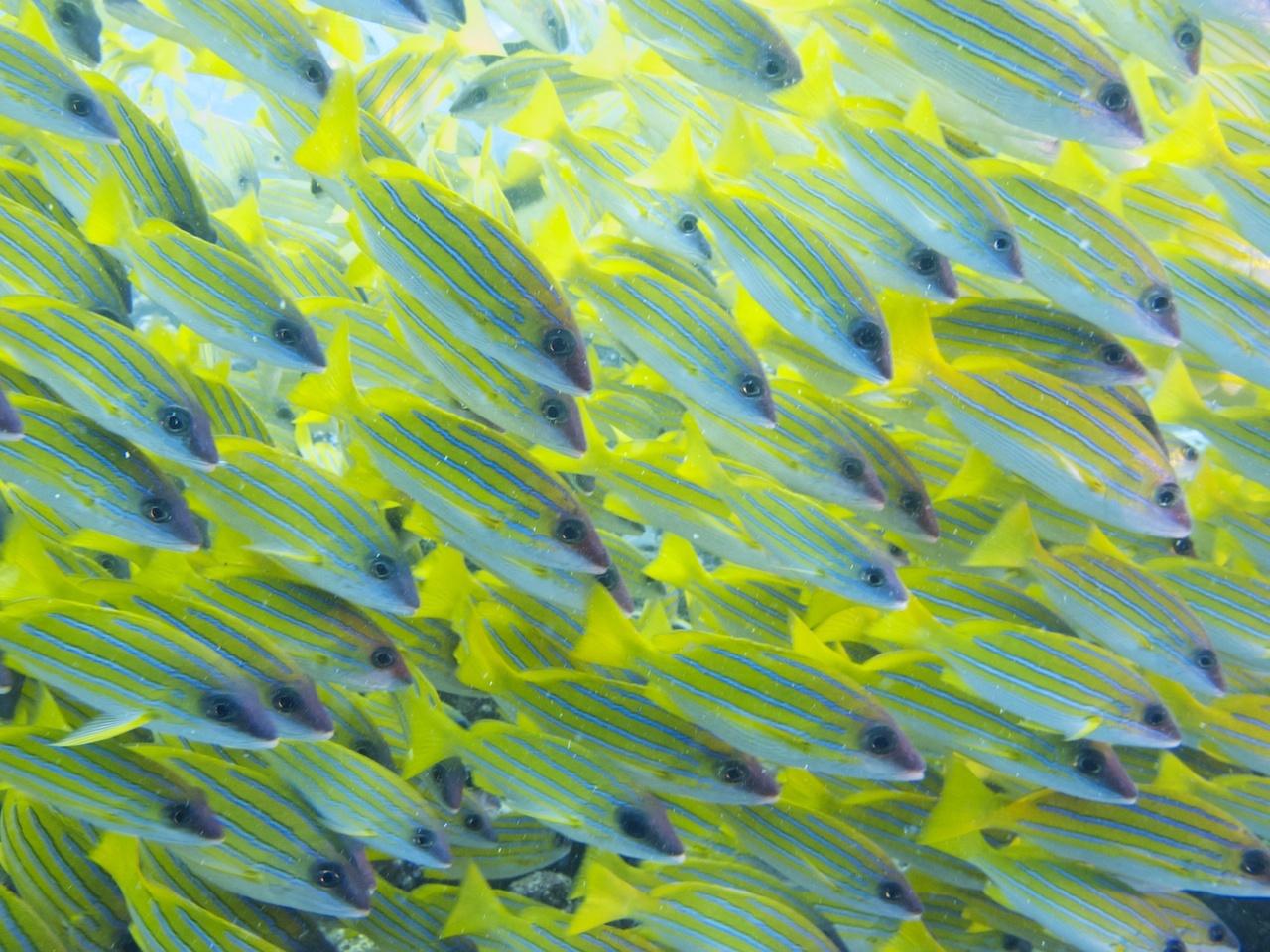 School
School
of Bluestripe Snappers.Photo by: Simone Carletti, Flickr.Indigenous Scienceand Scient ist s:Our Fut ur e Jacobandr ewl izama wessl ing St oryBy:Chl oeMol ou,UHHSeawor ds Liason 4 | Seawords
This is thefinal articleof a three-part series highlighting Indigenous MarineScience students at theUniversity of Hawai'i Hilo and their work. Each student profiled for this series was a part of the2021 2022 Keaholoa STEM Scholars cohort and completed their own independent research projects. Thefirst two articles of this series can befound in theJuneand September 2022 editions of Seawords.

TheKeaholoa STEM Scholars Program is an academic program at UH Hilo, aimed at supporting and increasing the representation of NativeHawaiian and Pacific Islanders in STEM fields. Theprogram provides paid independent research experiences with mentors in related fields, community outreach opportunities, academic support, and various professional development workshops. Keaholoa is part of a multi-campus, National Science Foundation (NSF) program known as theLouis Stokes Alliances for Minority Participation (LSAMP) program.
Jacob Andrew Lizama Wessling,a UH Hilo student particapating inthe Keaholoa STEM Scholarsprogram .
Jacob Andrew Lizama Wessling, thethird student to be profiled in this series, is a Marine Sciencemajor at UH Hilo. Originally from Dededo, Guam but raised in Ewa Beach, Hawai'i. Jacob ?like[s] to claim both because they both had an impact on who [he is] today.?
Now beginning his senior year at UH Hilo, Jacob recalls how he fell in lovewith theocean as a child growing up on O'ahu, ?I could never get out of thewater and always dreamed of thebeach when I was in school. Theocean is a placeof healing for me.?
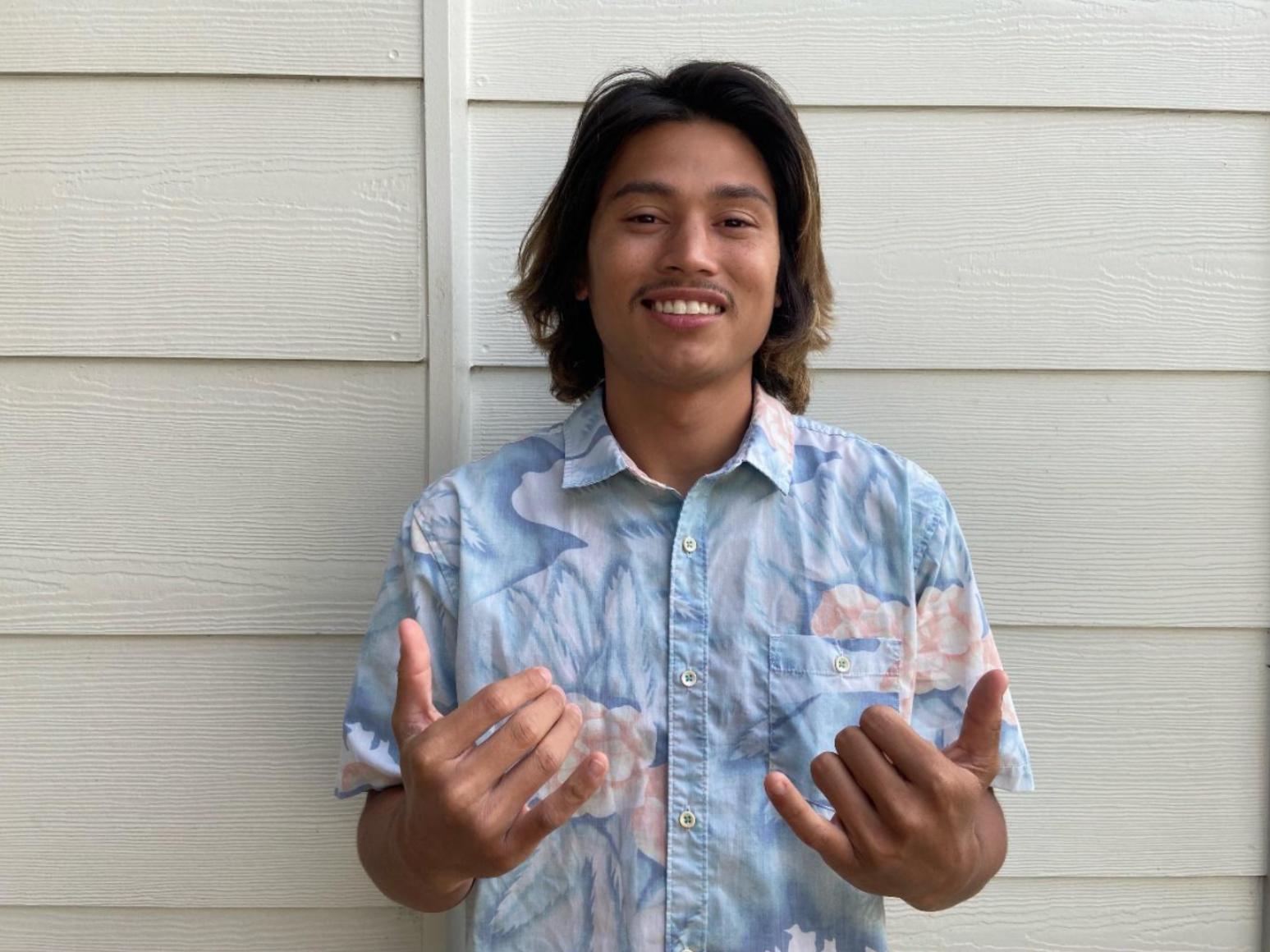
OCTOBER 2022 | 5
Being a keen surfer and fisherman from a very young age, henow wants to do his part in ?keep[ing] it clean for future generations.?
As a member of this year?s Keaholoa cohort, Jacob completed an independent research project in which heinvestigated thedepth at which ta'ape(Lutjanuskasmira) congregated on thereefs surrounding Hilo, Hawai'i. With Dr. John Burns as his advisor, Jacob conducted fish count surveys along Keaukaha in Hilo, free-diving to a depth of 13.7 meters.
?As an indigenous scientist, I cameback to theroots of my peopleby free-diving for my project. I could haveeasily used SCUBA, but I wanted to seewhat it was likefor my ancestors to do their own research and I got to feel how hard it really was. [It] put into perspectivehow good my ancestors werein thewater and how easy [it is] now to answer questions likemine.? Thefish count data showed
that fish schooling and prevalence of ta'apewas highest at depths of about 12-15 meters. In completing thesurveys, Jacob remarked that thefree-diving ?helped reinforce [his] respect for [his] ancestors and all that they havedone.?
As a young indigenous scientist, Jacob thinks that institutions liketheUniversity of Hawai'i could bebetter at catering to indigenous populations that ?they claim to stand with,?feeling that ?most indigenous peopleare [still] being left unheard.?Hesays institutions seem to prioritize advertising to a non-indigenous audienceand should instead be helping to address problems that many indigenous populations around Oceania arefacing as a result of thechanging ocean.?I feel that indigenous scienceis only getting bigger and wewill show theworld how much knowledgewe really have. Our ancestors have donemany things in thepast that arebeing overlooked becauseit is not backed by Western science. That will changesoon.?

6 | Seawords

Ta'ape.Photo by:Michio Morimoto,Flickr. OCTOBER 2022 | 7
An Unseen World:

in
By:AlexandryaRobinson,UHMMOPStudent
MicrobiomeDistribution
theWaimeaValley Watershed
8 | Seawords

:
Waimea ValleyNorth Shore Oahu.
Photo by:AndyGippetti,Flickr.
OCTOBER 2022 | 9
Someof themost pervasiveorganismsaretheonesyoucannot see.Thesearemicrobes; they livebothon surfacesandinsidethemost unlikely of places.Microbesincludebacteria, prions,lichens,fungi,archaea,viruses,protozoa,bacteriophages,algae,slimemold,and amoebae.Therangeof their speciesandclassification fill almost every singlenicheon the planet.Westill havealimitedunderstandingof thetrueextent of theunseen worldof microbes.
Most often,microbiology isfocusedon functionality or diagnostics,andnot general environmental samplinginorder tounderstandthemicrobiomecomposition andtheir ecological interactions.Inorder togain abetter understandingof thetruescopeof which speciesexist withinanarea,ampletimeandresourcesareneededtoconduct such research. Additionally,interactionsbetween microbesandtheir hostscan givefurther insight into microbial ecology.
A researchteamfromUH M?noa?sSchool of Ocean andEarthScienceandTechnology (SOEST)conductedamegaanalysisof themicrobiomeof theWaimeaValley watershedalong Kamananui streamonO?ahu.In order tobest analyzethemicrobecomposition,sampleswere taken fromsoil,water,plants,andeven fromanimals.A total of 3,000sampleswerecollected at once,amassiveundertaking.Thesesamplesthen hadtobeprocessedinspecificorder to indicatewherethemicrobeswerelivingwhenthesamplesweretaken.
Samplesof bothviableandnon-viablecell DNA wereamplifiedusingpolymerasechain reaction (PCR).ThePCRproductswerethen usedtosequencestrandsof theselectedDNA ina processknown asDNA bar-codingwheretheDNA issequencedandusedtoknown samples. Theteamprocessedover 800millionof thesebar-codeslookingfor very specificcompositional redundancies,or areasof similar codingwithinagene.
Thefindingsshowedthat many of thespeciesthat hadbeen sequencedfromtheanimal hostswereoftentracedback tothespeciesthat werefoundinwater samplesandsoil samples. Thisimpliesthat microbescouldeasily havebeentaken upby plantsfromthesurrounding environment,andpassedon throughthefoodchain either through activeconsumptionor passiveexposure.Theselocalizedsamplesandtheir pervasivenesscouldalsobeappliedtothe overall environmental diversity anddensity.
Thesenewfindingsshowusthat theenvironment aroundusisteamingwith microorganisms,all of whichhavespecificneedsthat includewater,nutrients,pressure, salinity,rainfall,temperature,andpH.Studiesthat referencespecificlocationsandtheir microbiomeecology couldeventually giveanindication of theoverall microbial distribution in areasbasedon similar nicherequirements,specifically theabioticfactors.
10 | Seawords
 Ta'ape.Photo by:Michio Morimoto,Flickr.
Waimea Valley.Photo by:ZanReady,Flickr.
Ta'ape.Photo by:Michio Morimoto,Flickr.
Waimea Valley.Photo by:ZanReady,Flickr.
OCTOBER 2022 | 11
How Do Shark the
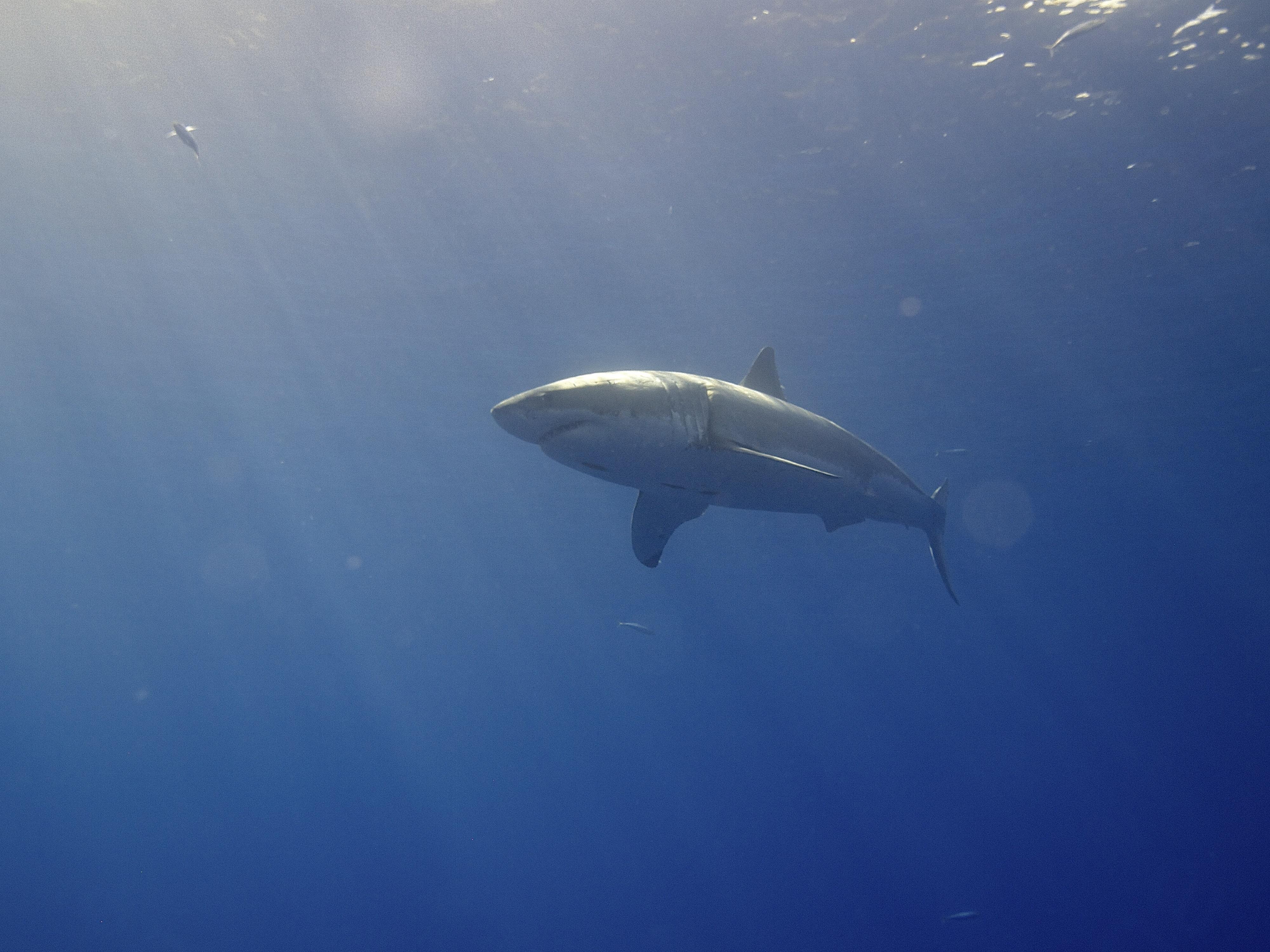 By: Lucian Anderso
By: Lucian Anderso
O
Great White Shark.Photo by: EliasLevy,Flickr.
12 | Seawords

Throughenvironmental management,policiescanbe enactedtoensureprotection of ahabitat thanksto researchconducted worldwide.However, sometimesthereisn't alot of dataavailableabout a component of the environment.Thesedays, management policiesin coastal andmarineprotected areasarestartingtobe enactedbasedoncurrent researchthat wasnot possibleyearsago.Someof themorechallengingmarine animalstoprotect havebeen elasmobranchs,more commonly knownassharks andrays. Sharksandraysvary in depthsof theoceanthey inhabit.Someliveinshallow watersandsomelivein ks Use Ocean? on, UHM MOP Alumus OCTOBER 2022 | 13
waterstoodeepfor light to reachthem.?Sharksandrays areaniconicbut threatened oceanset of organisms.Key totheir effective management isan understandingof their basic ecology?saidDavidCurnick, headof theOceanPredator Labat theZoological Society of London. Despitetheir infamous statusinfilmandmedia (albeit unfair tothem)we actually know very little about somespeciesof sharks andraysbecauseof their preferencefor deeper waters. Consequently,most informationabout themis basedonwhat hasbeen observedat near-surface water andnot their usual deepoceandwellings. Since2000,electronic
tagshavebeendevelopedto allow for better trackingof elasmobranchs.Stanford University isat theforefront of taggingelasmobranchsand developingthetechnology. Drones,scuba,andother researchmethodshavebeen successful for studying speciesinshallow waters wherewehaveabetter understandingof theecology. Studieshavefoundthat sharksandraysfollow their foodsource?s(smaller fish, plankton)diel migration. Their prey occupiesthe deeper watersduringtheday, toavoiddetectionby predators.At night they returntothesurfacetofeed wheretheir predatorswill alsofollow.Thetagshave detectedgreat whitesharks reachingdepthsof upto
14 | Seawords

1,200 metersandwhale sharksasdeepas1,800 meters.At least athirdof the989 biotelemetry tags on38 elasmobranchspecies taggedwent tocolddeep watersfor their food. Thephoticzoneof the oceanisthetop200 meters of theoceanwherelight can penetrate.Biotelemetry taggingresearchhasfound 26 of the38 speciesspent 95%of their timeinthetop 250 metersof theocean.The top200 metersiswhere humansandelasmobranchs interact most oftenthrough fishing,where elasmobranchsbecome bycatch. Understandingthe ocean?svertical dimension will beimportant increating management strategiesfor marineprotectedareasto ensurethesurvival of sharks andrays. Sardine Wormhole.Photo by:ByronChin,Flickr. OCTOBER 2022 | 15
SuperMoon2.Photo by: KristyJohnson,Flickr.

H al l ow een Cost ume
I n spi r at i on f r om t h e Sea
By : A bbi e Jer emi ah , Seaw or ds Edi t or
W ith another year comesanother spooky season (aka the month of October)! Another chance to embrace the ghoulish and partake in our favorite festivitiesincluding but not limited to:enjoying a pumpkin patch,eating too much candy,putting up haunting decorations,and the carving of the jack-o-lantern.
One of the highlightsof the season is the selection and creation of the all too important Halloween costume! It can be a struggle to find the perfect one,and many factors must be considered.But sometimes inspiration appears right where you least expect it
To shake things up,we rounded up 9 ocean critters who have embraced uniqueness(evolutionarily speaking) and possess qualities that make them the perfect inspiration for a good spooky season costume! Happy haunting M OPers!
16 | Seawords
R ed L i on f i sh :
(Pteroisvolitans)
Get in touch with you wild side! Like their large cat namesakes, P. volitansare hunters, catching their unlucky prey with lightning fast reflexes However,instead of a golden mane they have an elaborate fin structure paired with a striking striped pattern that make the perfect inspiration for a bold and unbothered costume look M aybe leave the venomous spinesat home though...
A n emon e Sh r i mp:
(Ancylomenesholthuisi)
Are you more of a home body on Halloween?
Become a ghostly apparition like A. holthuisi!
Like all good ghouls,these translucent shrimp have a commensal relationship with the anemone they live in,neither benefiting nor harming the hospitable cnidarians Grab a sheet (or invisibility cloak if available) and haunt the halls of your cozy home.

Var i abl e Neon

Nudi br anch :
(Nembrotha kubaryana)

Embrace the bright and colorful this costume season! N. kubaryana get their striking colors from consuming colonial sea squirts and then absorbing their toxic chemicals to be used for defense against potential predators but glow sticks will work just fine for a pop of color in case you don't want to start munching on poisonous sea squirts
 LionFish.Photo by:Spike Stich,Flickr.
Transluscent Shrimp.Photo by:KlausStiefel, Flickr.
Nembrotha.Photo by:KlausStiefel,Flickr.
LionFish.Photo by:Spike Stich,Flickr.
Transluscent Shrimp.Photo by:KlausStiefel, Flickr.
Nembrotha.Photo by:KlausStiefel,Flickr.
OCTOBER 2022 | 17
M i mi c Oct opus:
(Thaumoctopusmimicus)
They say the mimicry isthe highest form of flattery, and T. mimicussure delivers! Take notes from this master of disguise and deception;the octopus has been observed mimicking lionfish,jellyfish, sea snakes,and more for both hiding and hunting.The mimic octopus reminds us that if you want to pull off a convincing costume this Halloween,you really need to embody your character!
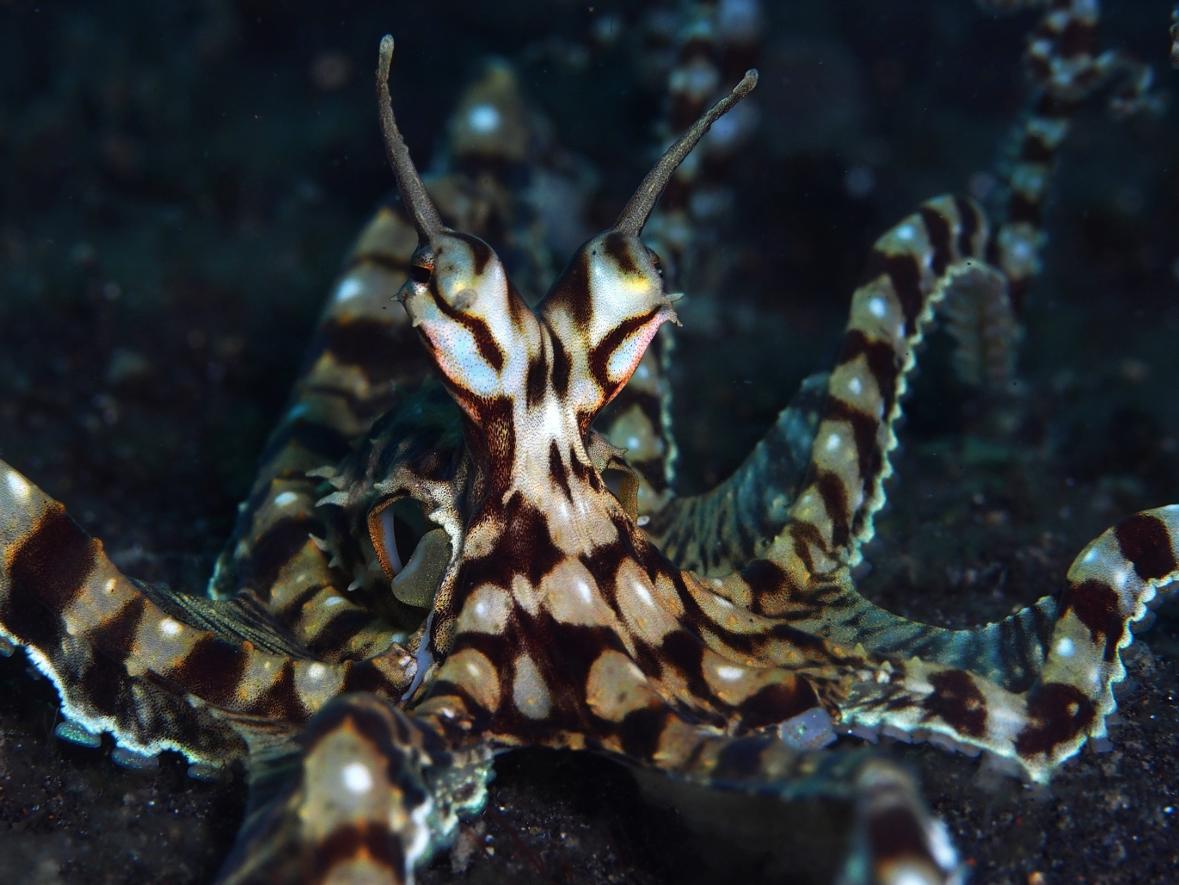
Pai nt ed Fr ogf i sh :
(Antennariuspictus)
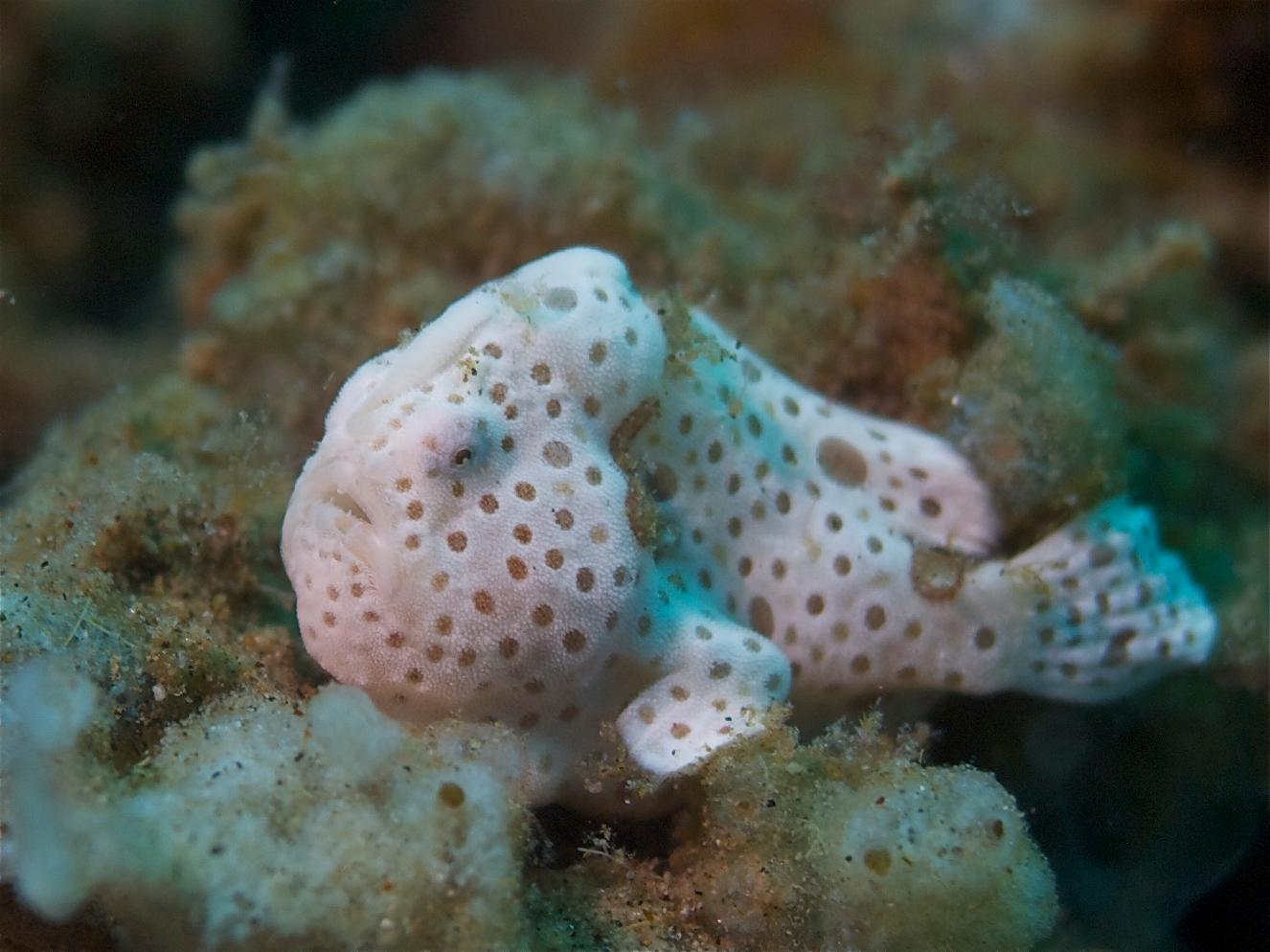
Don't be afraid to add texture to your ensemble this year! Another master of camoflauge,A pictus have skin covered in small dermal spinules and wart like protuberances that allow them to blend in with their environment.Thiscould be your year to experiment with some special FX makeup that will bring your costume to the next level!
L eaf y Sea Dr agon :
(Phycoduruseques)
Be "extra"like P.eques! The leafy sea dragon is giving us ethereal elegance and we're here for it Their leaf like protrusions aren't used for propulsion,but to make them appear like floating seaweed To H omo sapienshowever, they appear to resemble the mystical dragon Have fun embracing the supernatural this spooky season!
 Mimic Octopus.Photo by:Rickard Zerpe,Flickr.
Frogfish.Photo by:EliasLevy,Flickr.
Dragonof the Sea.Photo by:NathanRupert,Flickr.
Mimic Octopus.Photo by:Rickard Zerpe,Flickr.
Frogfish.Photo by:EliasLevy,Flickr.
Dragonof the Sea.Photo by:NathanRupert,Flickr.
18 | Seawords
B l uespi n e
Uni cor n f i sh :
(Naso unicornis)
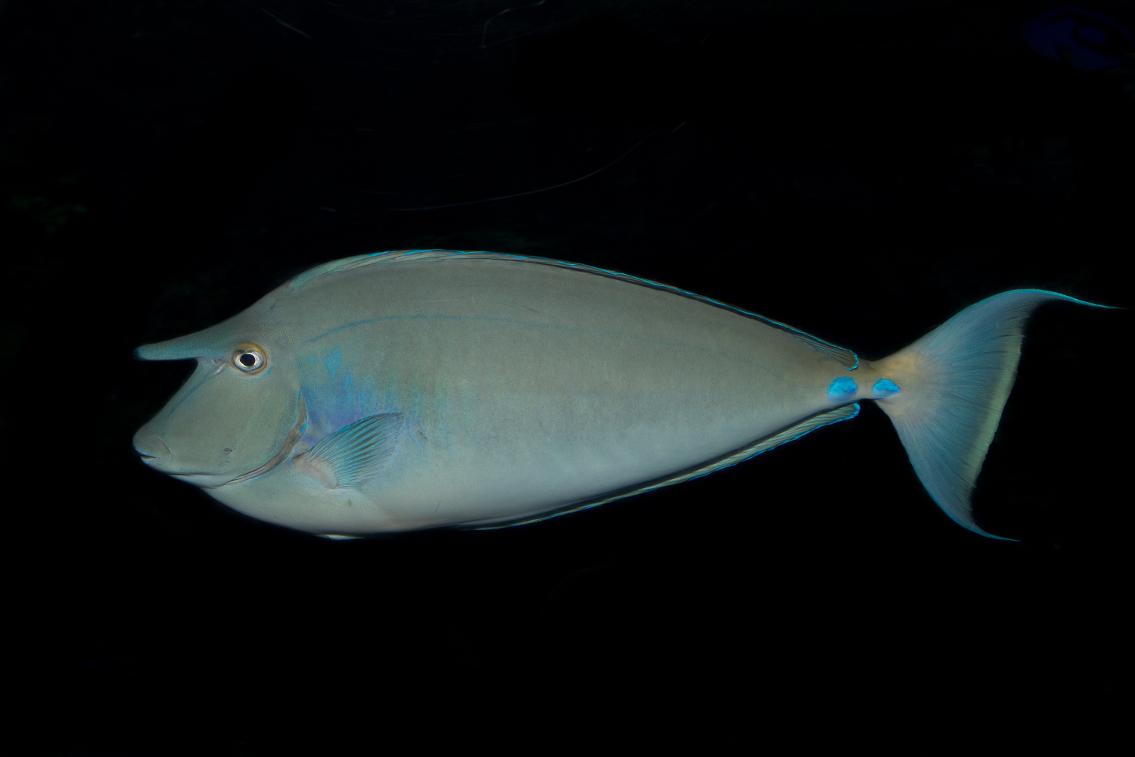
Iconic in its own right,this fish isproof that unicorns do exist! In fish form rather than equestrian Keep the magic alive by dressing up as your favorite mythical creature! It's thought that male N unicornis,known as kala in Hawaiian, use their horn like protuberance to court potential mates W ho knows what (or who) your awesome costume could attract?
Pom Pom Cr ab:
(Lybia tessellata)
Depending on your mood,you could interpret the sea anemone being carried around by L. tessellata asboxing gloves or cheerleader pom poms (she?s definitely the sporty spice of the Crustacea either way) The resourceful crabs hold the anemone with their chelae and use the stinging property of the cnidocytes to ward off predators.Don? t underestimate the power of props in pulling together your costume!

B obt ai l Squi d:
(Euprymna berryi)
The tiny cephalopod,E berryi, shows us how to utilize light to our advantage! The bobtail squid has a symbiotic relationship with bioluminescent bacteria that allows it to avoid making shadows caused by the moon and stars,helping them to better avoid predators They posses a specialized light organ to house the bacteria,but some glitter and sequins will work just as well to capture their enchanting glow
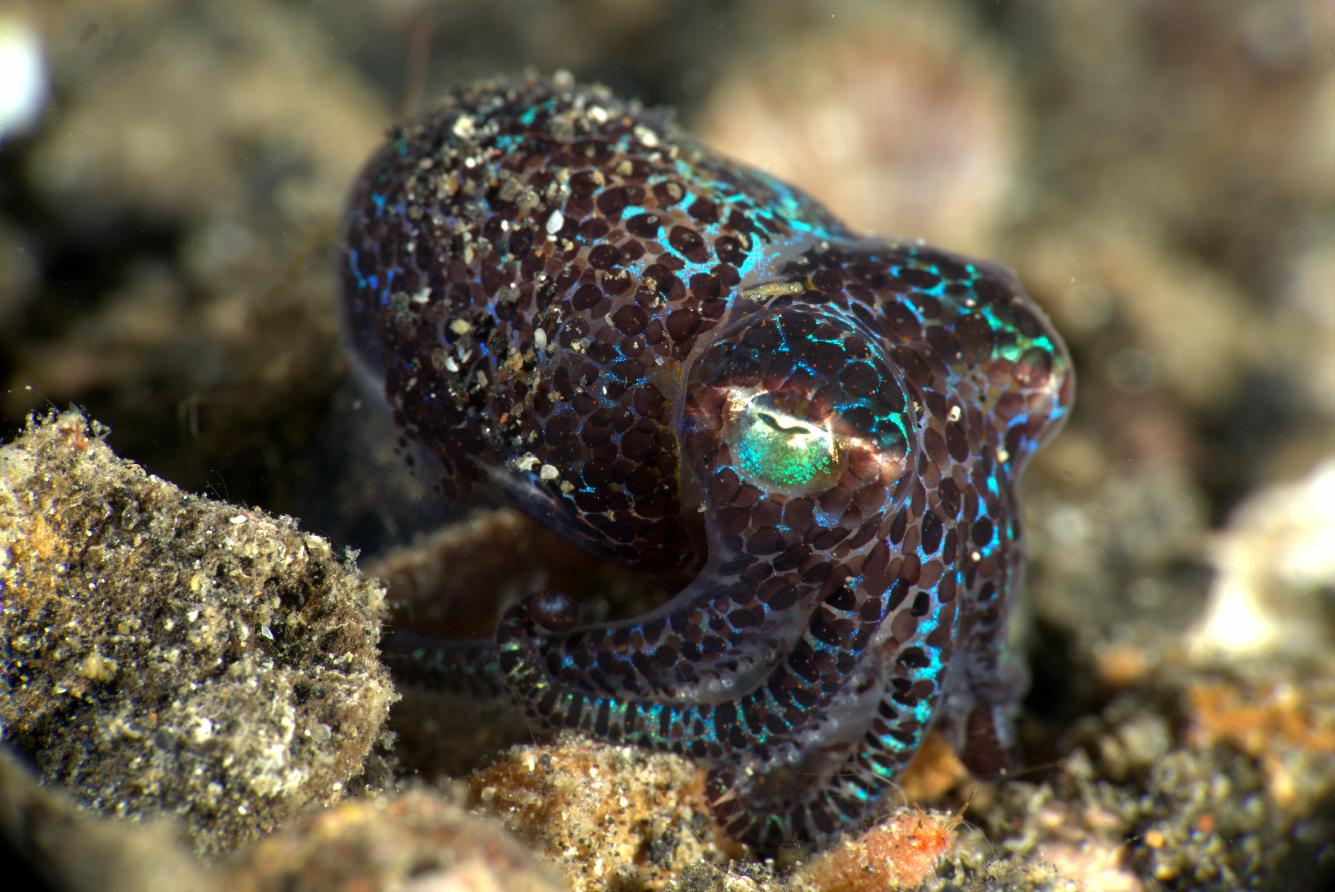 Bluespine Unicornfish.Photo by:Brian Gratwicke, Flickr.
Lybia tessellata.Photo by:Eliot Ferguson, Wikimedia Commons.
Bobtail
Bluespine Unicornfish.Photo by:Brian Gratwicke, Flickr.
Lybia tessellata.Photo by:Eliot Ferguson, Wikimedia Commons.
Bobtail
Squid 2A.Photo by:Jack,Flickr. OCTOBER 2022 | 19
Creature of the Month:
 By:Haley
By:Haley
?OP
Chasin ,U
UnknownLimpet.Photo
by: Ken-ichiUeda,Flickr. 20 | Seawords
?Hei?a makeka ?opihi,?the fish of death. TheHawaiian limpet, known locally as ?opihi, is not deadly on its own. However, theenvironment in which ?opihi resideis a treacherous oneand many peoplehaverisked lifeand limb attempting to harvest them. Living in theintertidal zone means turbulent waves and sweeping tides. Additionally, if an ?opihi, sensing danger, hunkers down and hides in its mountain-likeshell then it?s almost impossibleto pry them away from their substrate.
?Opihi arelimpets characterized by a head with eyes and tentacles, a mouth on a protractibleproboscis (mouth tube), a broad muscular foot for clinging and crawling, and a soft body mass with internal organs protected by theshell. The muscular foot is likea suction cup that keeps them from being torn off therocks. Thecap-shaped shell with low profileand a low center of gravity, presents little resistanceto crashing waves. ?Opihi, likeother limpets, make ?homescars?or areas wherethey

PIHI
PacificGolden Plover. Photo by: Geoff Whalan, Flickr.
UHM MOPAlumna
OCTOBER 2022 | 21
scrapeaway at algaeand rocks whileusing their radula to feed.
?Opihi engagein external fertilization wherethey respond to environmental cues, releasing sperm and egg into thewater, otherwiseknown as broadcast spawning. They havea planktonic stageknown as veliger that drifts depending on ocean currents and when they find a good home, they metamorphoseinto their iconic limpet form.
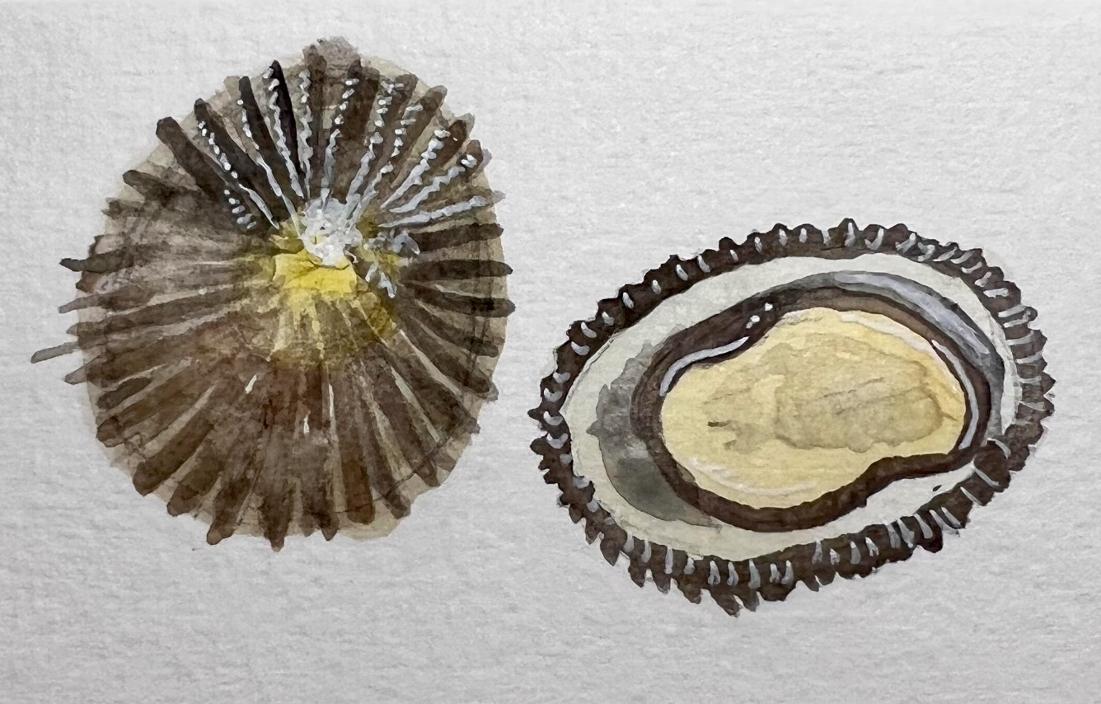
Therearethreespecies of ?opihi in Hawaii that are endemic. Cellana exarata, the dark foot ?opihi, hideabovethe splash zone. Thelargest growing ?opihi species is Cellana talcosa, or theko?ele ?opihi. They livebelow the low-tidelineat depths of up to 6 meters. Cellana sandwicensis, also known as ?opihi ?alinalina, lives wherethesurf hits the hardest in thelower intertidal zone. It?s also themost popular species for consumption.
?Opihi havebeen harvested for hundreds of years and play a
significant rolein Hawaiian cultureand traditions. Unfortunately, dueto over-picking their populations haveplummeted and not much has been doneto recover them. For now, theregulations dictatea sizelimit of at least 1.25 inches with a shell (or 0.5 inches without) and requirepeople picking them to havea commercial fishing license. However, ?opihi aregood candidates for aquaculture farming dueto their ability to transform algaeinto protein and having a relatively quick growth rate. ?Opihi aquaculturecould providea way to satiatetheir high market demand and remove thesupply pressurefrom wild populations.
?Opihi.Watercoloronpaperby:Alyssa Perez, UHM MOPStudent.
22 | Seawords

Unknown
Limpet.Photo by: Ken-ichiUeda,Flickr.
OCTOBER 2022 | 23
Photo by:Daniel Piraino,Flickr.
TreatyTo ProtectThe Oceans Biodiversity
 By:LucianAnderson,MOPA
By:LucianAnderson,MOPA
lumnus The Line Between.
24 | Seawords
In1982 theUnitedNationscreatedthe?Constitutionof Oceans?119 countries signedthedocument andeachgainedamaritimeeconomiczonebeginningat their coastlinestretching200 milesout intotheocean.Eachcountry wasgivenaccessto resourceswithintheir maritimeeconomiczone.Thisyear,theUnitedNationswill convenetodecidehow tomanageaccesstobiodiverseareasof theoceanthat are outsidethemaritimeeconomiczones.Thiswill bethefifthsessiontocreatethetreaty since2018.
Onepossiblesolutionwouldbetocreatealegal governingbody for theoceanthat excludesthemaritimezones A representativefromBotswanasaidthat aninternational governingbody wouldgivelandlockedcountriestheright toparticipateinocean economicactivitiesdespitethecountriesnot havingageographicborder withthe ocean.Hestated,?landlockeddevelopingcountries,whoseparticipationintheocean economy islimited duetotheir geography,must beabletoshareinthebenefits acquiredfromsuchresources.?

RepresentativesfromBarbadosontheother hand,want tocreateaframework for theexchangeand sharingof marinetechnologieswithother countries.SierraLeone's representativesareconcernedfor developingcountries' accesstooceanresources.A representativefromSouthKoreaspokeontheneedfor swift actioninthefaceof the ocean?sdecliningbiodiversity,?sooner rather thanlater.?TheEuropeanUnion's representativehasthesameview asSouthKorea.They stressedthat only 1%of the oceanoutsidemaritimebordersisprotected andactiontosharemarinetechnology must happen.
At theUN OceanConferenceinLisbon,Portugal heldfromJune27th July 1st 2022,countriesandstakeholdersstressedtheimportanceof protectingthebiodiversity of theocean.Followingtheevent,Intergovernmental ConferencePresident RenaLee hopesthat countrieswill ?squeeze[their] creativejuicestofind solutionsthat can garner consensus.?Duringtheconferencemany issueswerediscussed,rangingfrom marinegeneticresourcestolandlockedcountry accessandenvironmental impact assessments.
Therearemany concernsfromparticipatingcountriessurroundingthetopicof international oceanlaw.Theoceanwasonceafree for all,especially duringtheeraof Europeancolonization.In1982,that uncheckedfreedomended,but it left thequestion of how toprotect areaswithout regulations.A governingbody for thenon represented partsof theoceanmay bewhat'sneededtoensureitshealthcanbeprotected
OCTOBER 2022 | 25
BioIndic at or s of pl ast ic pol l ut ion
By::Al exandr ya r obinson, UHM MOP st udent
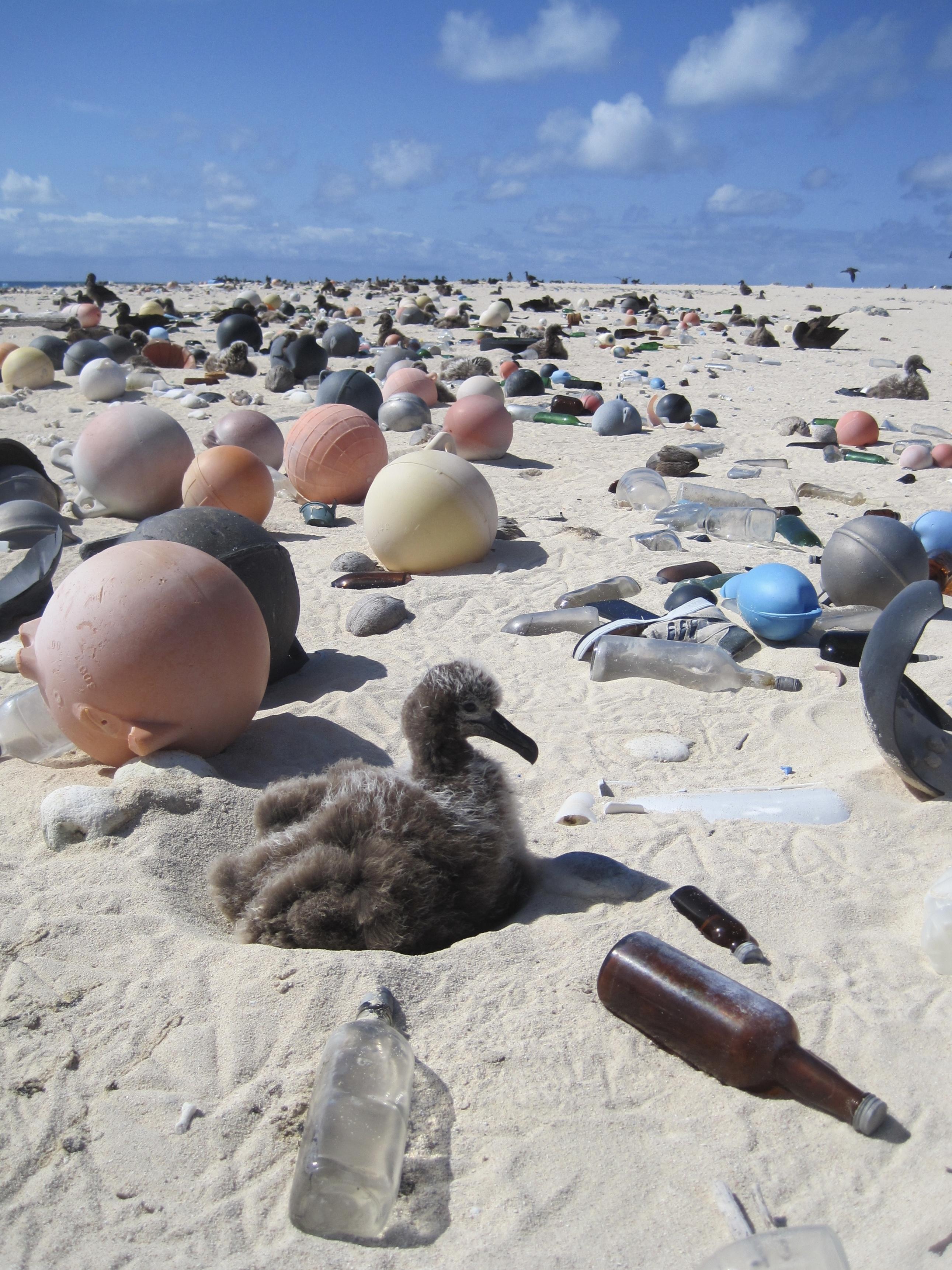
NOAATeamsCollect Marine Debris.Photo by: NOAA,Flickr. 26 | Seawords
All around the world plastic is used every day from the clothes we wear, the products we use, and even sealed around the food we eat But where does that plastic go at the end of its life?In som e cases, the plastic that we discard ends up in our waterways and eventually the ocean.
An Ocean Conservancy survey found that som e of the top pollutants were plastic beverage bottles, plastic wrappers, and grocery bags everyday item s that m any of us use without even thinking when we discard them . Around eleven m illion tons of plastic finds its way into the ocean every year. Plastic cannot degrade easily; it is estim ated that it takes up to 450 years for a single piece of plastic to decom pose. This m eans that the very first plastic to ever be produced in 1907 is still around, sitting com fortably at only 115 years old. The long lifetim e of plastic products has caused m assive aggregations all around the globe. The ocean alone is estim ated to carry 200 m illion tons of discarded plastic.
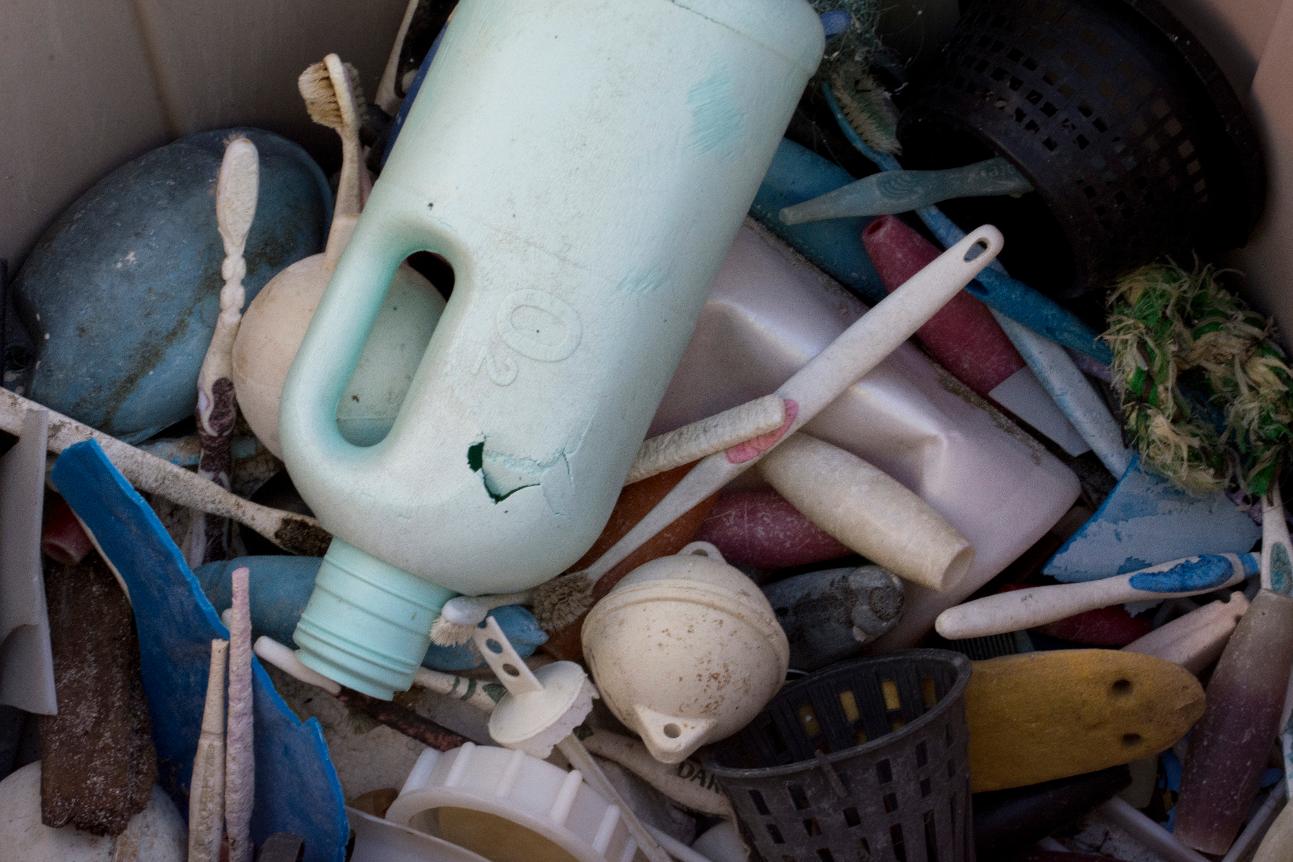

Over tim e fragm ents of waste breakdown into sm aller and sm aller pieces These larger plastics becom e m icroplastics which are harm ful to m arine life.
In recent tim es, plastics have been found in the gastrointestinal tract of m any of the organism s that inhabit our oceans including fishes, birds, and turtles. In order to further study the reach of plastics in our m arine environm ent, a panel was form ed known as the North Pacific M arine Science
Organization (nicknam ed PICES for being the Pacific Ocean version of the International Council for the Exploration of the Sea) with the goal of studying the Great Pacific Garbage Patch.
Marine DebrisCollected onMidwayAtoll. Photo by:HollyRichards/ USFWS,Flickr.
OCTOBER 2022 | 27
According to National Oceanic and Atm ospheric Adm inistration (NOAA), the Great Pacific Garbage Patch describes the aggregation of m arine debris that has been accum ulating in the Pacific Ocean in the Western and the Eastern Garbage Patch that converged due to the m ovem ent of ocean water through the North Pacific Subtropical Gyre.
A m eta analysis was taken using the guidelines from the Joint Group of Experts on the Scientific Aspects of M arine Environm ental Protection (GESAM P) in order to pick species that would be best fit to inform researchers of the levels
of plastic pollution in the North Pacific. Out of the 352 species that PICES evaluated, twelve species stood out, including the green sea turtle, albatross, and oyster.
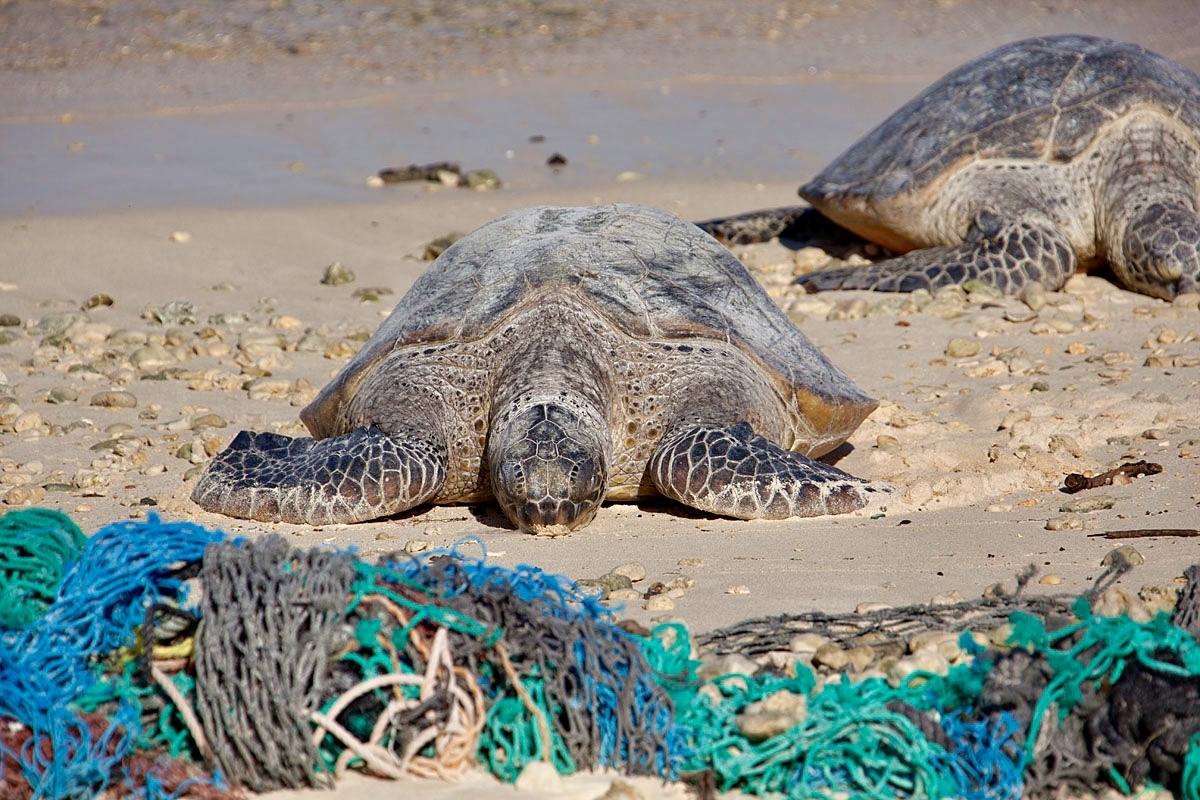
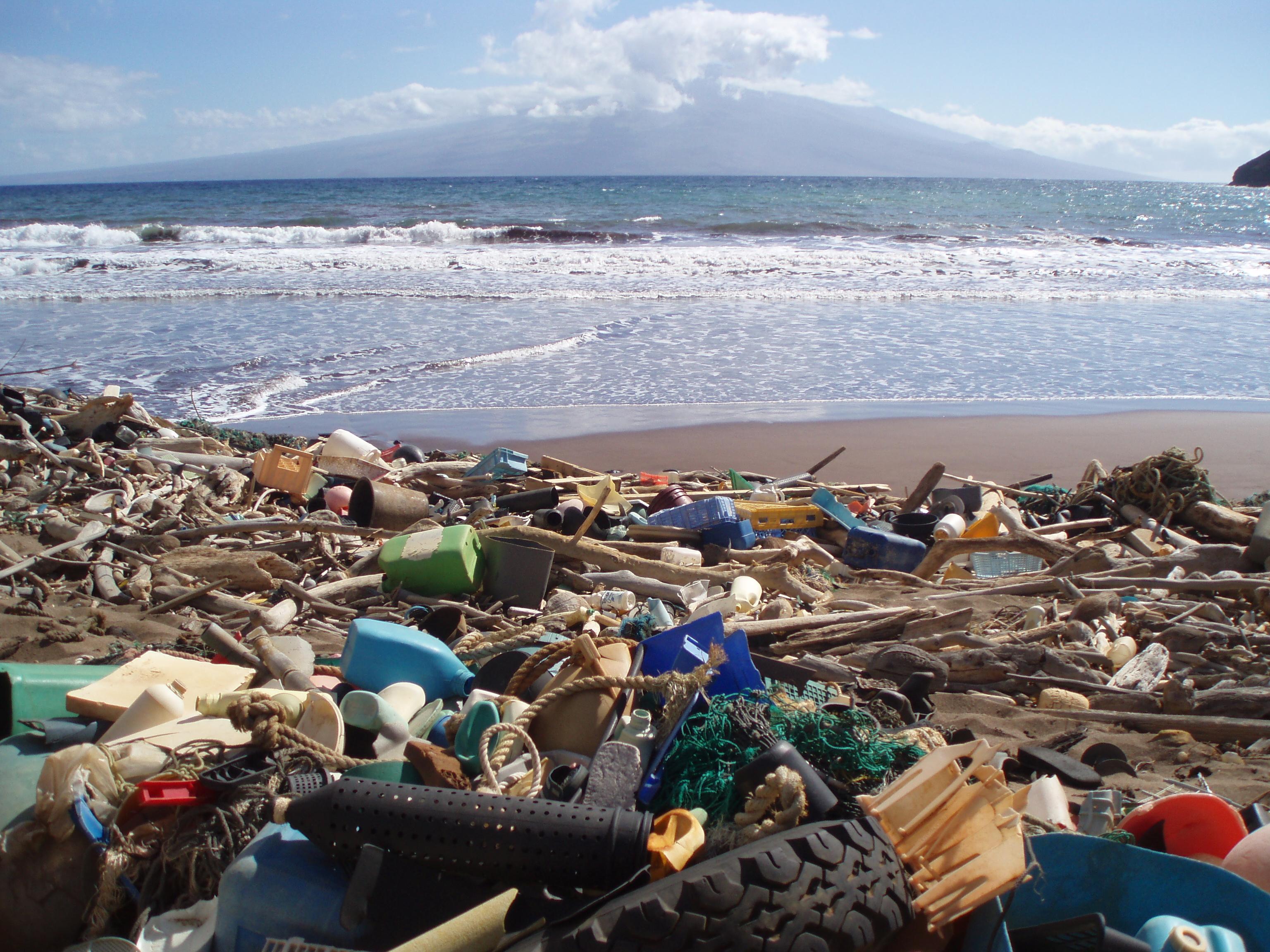
Utilizing these expert reports and species of greatest interest including fishes and birds, PICES created a routine m onitoring program that laid out the necessary yearly m onitoring m inim um , set num ber of required sam ples, as well as analysis and storage procedures for future scientists. PICES has created a standard with their work analyzing past literature and species on their own.
W ith this application of stream lined research standards, the future of m arine debris reporting and indications of pollution would help with the problem that scientists currently face. Continued research is the best way for m arine scientists to create m eaningful conclusions for inform ed decisions in policy, the lab, and future research endeavors.
GreenTurtlesAmid Marine Debris.Photo by: AndyCollins/ NOAA,Wikimedia Commons.
28 | Seawords

Marine
DebrisLadenBeachin
Hawaii.Photo
by:NOAA,Flickr.
OCTOBER 2022 | 29

30 | Seawords

OCTOBER 2022 | 31
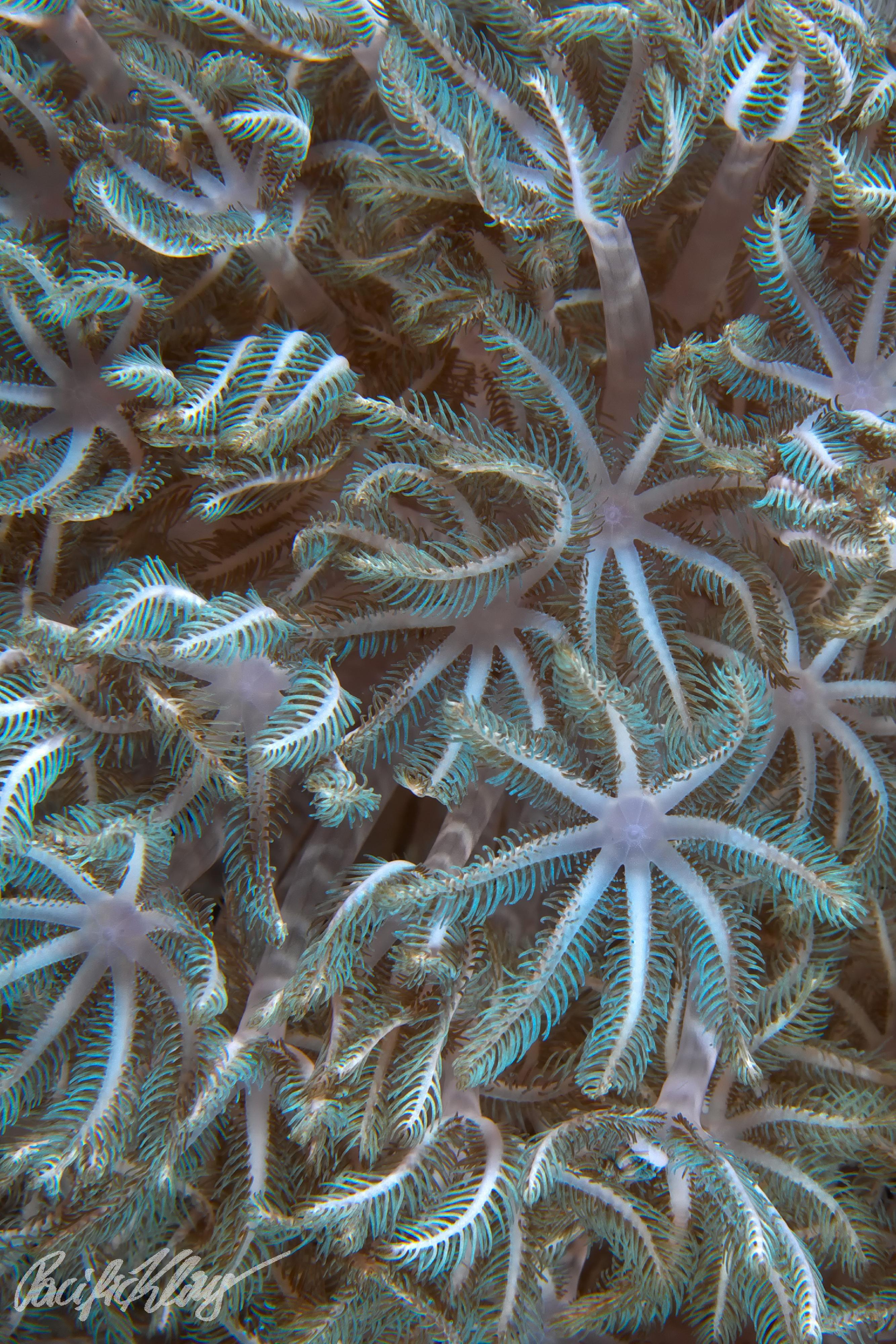


Volume XXXVII,Number 8 Editor: Abbie Jeremiah Dr.Cynthia Hunter (eminence grise) Jeffrey Kuwabara (eminence grise) W riting Team:Brenna Loving,Chloe M olou,Lucian Anderson, Alexandrya Robinson,Haley Chasin,Sara Bower Seawords M arine Option Program University of Hawai? i,College of Natural Sciences 2450 Campus Road,Dean Hall 105A Honolulu,HI 96822 2219 Telephone:(808) 956 8433 Email:<seawords@hawaii edu> W ebsite:<http://www hawaii edu/mop> Seawords isthe monthly newsletter newsletter of the M arine Option Program at the University of Hawai? i Opinions expressed herein are not necessarily those of the M arine Option Program or of the University of Hawai? i Suggestions and submissionsare welcome.Submissions may include articles,photography,art work,or anything that may be of interest to the marine community in Hawai?i.and around the world. All photosare taken by M OP unlessotherwise credited.




 School
School






 Ta'ape.Photo by:Michio Morimoto,Flickr.
Waimea Valley.Photo by:ZanReady,Flickr.
Ta'ape.Photo by:Michio Morimoto,Flickr.
Waimea Valley.Photo by:ZanReady,Flickr.
 By: Lucian Anderso
By: Lucian Anderso




 LionFish.Photo by:Spike Stich,Flickr.
Transluscent Shrimp.Photo by:KlausStiefel, Flickr.
Nembrotha.Photo by:KlausStiefel,Flickr.
LionFish.Photo by:Spike Stich,Flickr.
Transluscent Shrimp.Photo by:KlausStiefel, Flickr.
Nembrotha.Photo by:KlausStiefel,Flickr.


 Mimic Octopus.Photo by:Rickard Zerpe,Flickr.
Frogfish.Photo by:EliasLevy,Flickr.
Dragonof the Sea.Photo by:NathanRupert,Flickr.
Mimic Octopus.Photo by:Rickard Zerpe,Flickr.
Frogfish.Photo by:EliasLevy,Flickr.
Dragonof the Sea.Photo by:NathanRupert,Flickr.


 Bluespine Unicornfish.Photo by:Brian Gratwicke, Flickr.
Lybia tessellata.Photo by:Eliot Ferguson, Wikimedia Commons.
Bobtail
Bluespine Unicornfish.Photo by:Brian Gratwicke, Flickr.
Lybia tessellata.Photo by:Eliot Ferguson, Wikimedia Commons.
Bobtail
 By:Haley
By:Haley


 By:LucianAnderson,MOPA
By:LucianAnderson,MOPA






